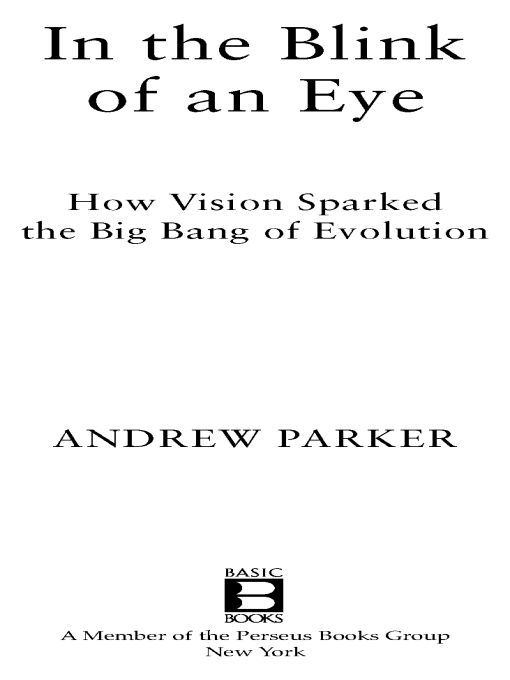In The Blink Of An Eye
Read In The Blink Of An Eye Online
Authors: Andrew Parker


Table of Contents
Â
Â
Â
Â
Â
Â
Â
Â
Â
Â
Â
Â
Â
Â
Table of Figures
Â
Other books
Dare to Love by Penny Dixon
El elogio de la sombra by Junichirô Tanizaki
Beauty and the Beast by Laurel Cain Haws
Complicity in Heels by Matt Leatherwood Jr.
The Midas Murders by Pieter Aspe
Vision Revealed by O'Clare, Lorie
The Reversal by Michael Connelly
Gasa-Gasa Girl by Naomi Hirahara
X-Calibur: The Trial by Jackson-Lawrence, R.
